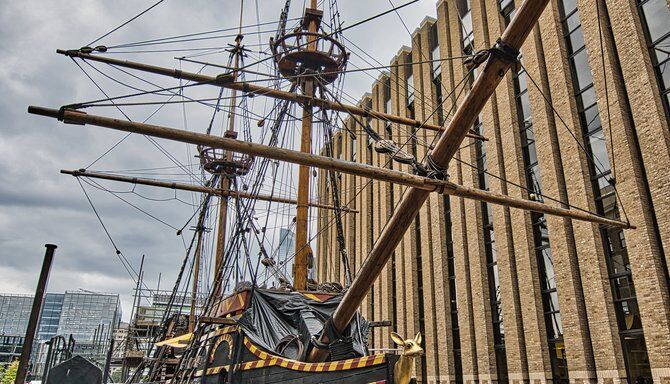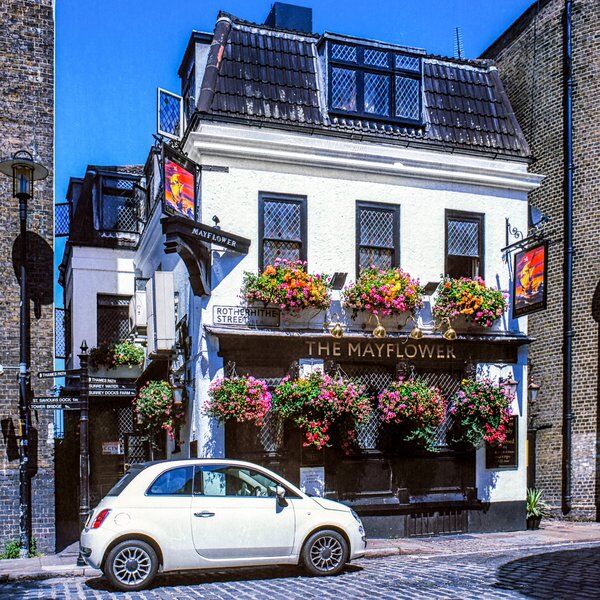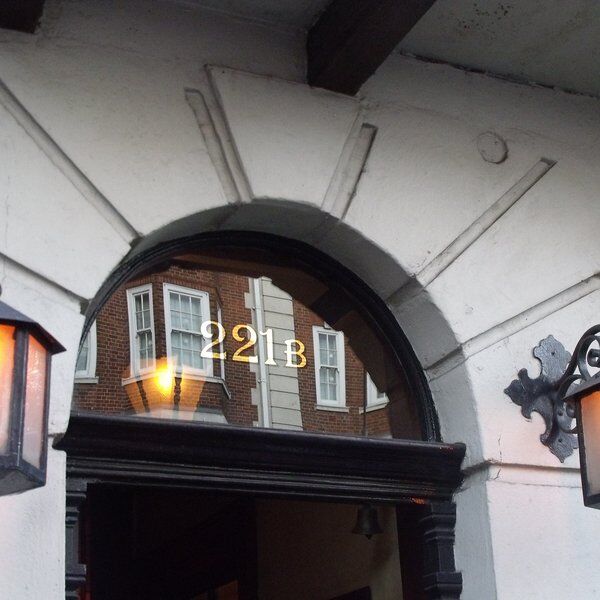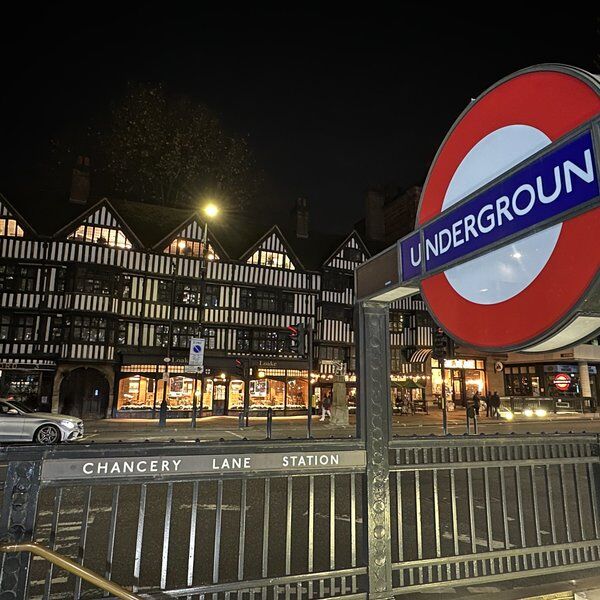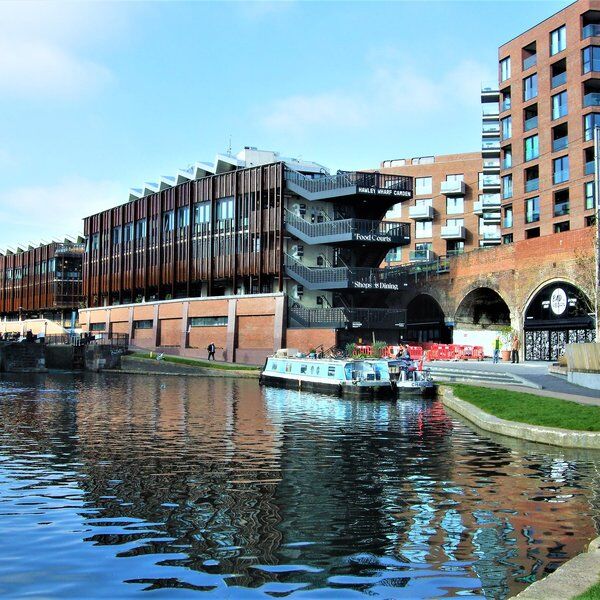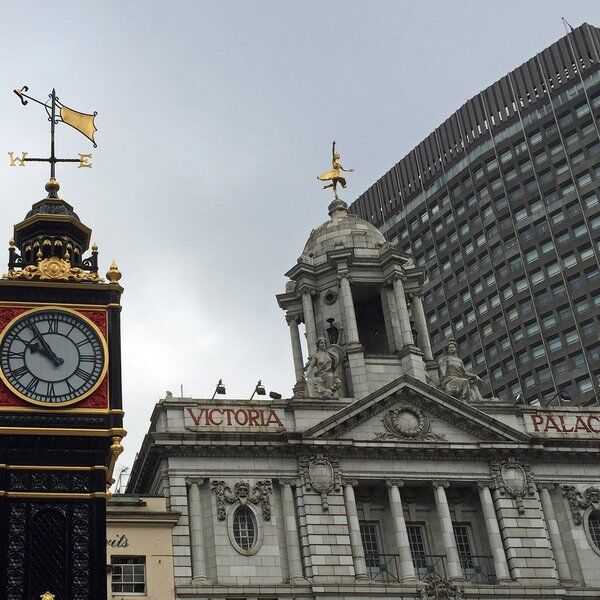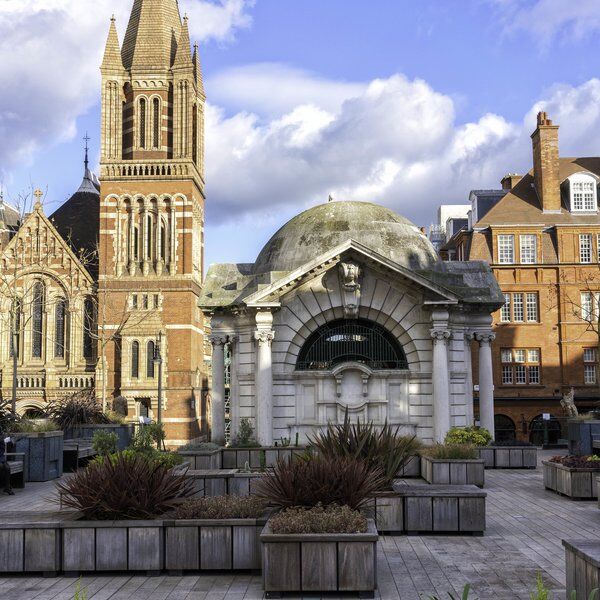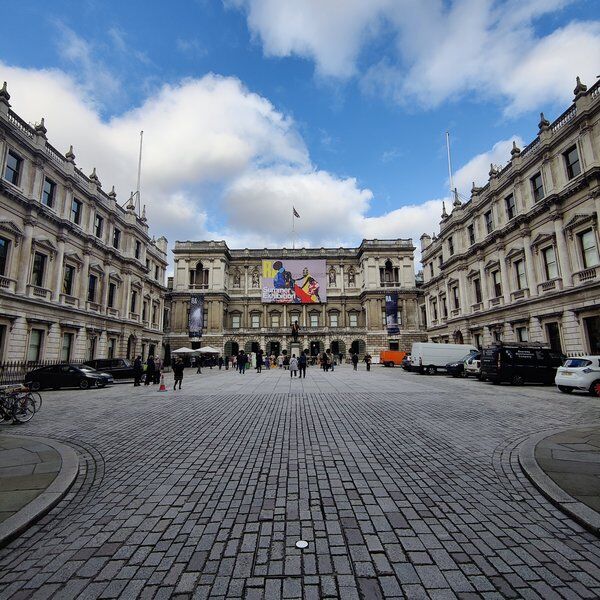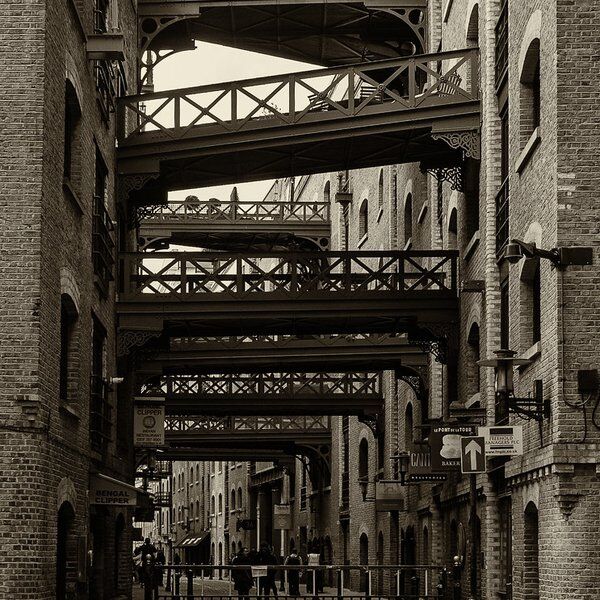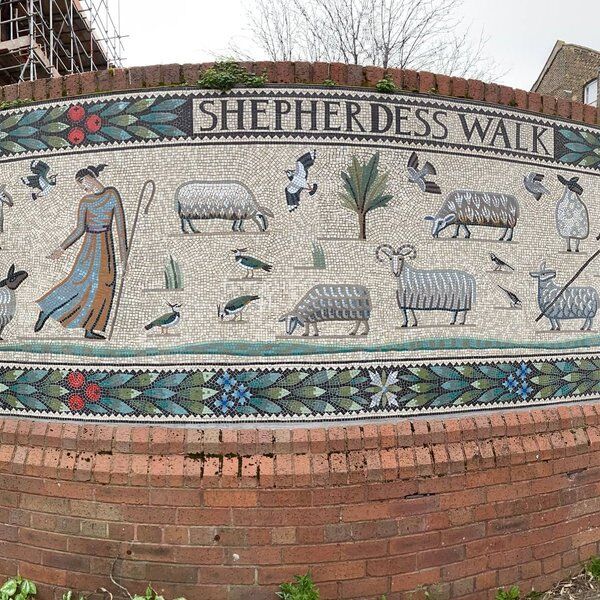As any Londoner will attest, stumbling across curious monuments like the Golden Hinde is far from unusual in the UK capital.
Moored quietly along the Thames in Southwark, just steps from Borough Market and London Bridge, the Golden Hinde stands as one of the capital’s most striking yet enigmatic historical landmarks.
When it arrived back on English shores after circumnavigating the globe between 1577 and 1580, the Golden Hinde was lauded as one of the most impressive vessels ever to have existed.
No wonder, then, that this full-scale replica of Sir Francis Drake’s legendary Elizabethan galleon is still captivating interest from passersby and locals alike. And perhaps most fascinatingly, the act of visiting it is a concept that goes way back to the Elizabethans themselves.
However, in an age where health and safety wasn’t a priority and exploration was often a byword for exploitation, the Golden Hinde is also a living monument that allows us to examine an era when geographical, cultural and social boundaries were being redrawn.
Hop aboard and read about what the Golden Hinde can tell us about the London of four centuries ago, and also what it tells us about the London we see today…
The History of The Golden Hinde: Elizabethan Exploration, Exploitation and Empire
Long before the replica we see today graced the Thames, the original Golden Hinde carved its name into maritime legend and pushed England into first place as a serious naval nation.
Built in Devon in the late 1570s, the ship (which was originally named Pelican) was refitted and renamed by Sir Francis Drake during his historic voyage around the world. Drake chose the new name to honour his patron, Sir Christopher Hatton, whose crest featured a golden hind (a female deer).
In 1577, Drake set sail from Plymouth with a small fleet under the secret commission of Queen Elizabeth I, tasked with exploring uncharted territories and challenging Spain’s dominance at sea. On paper, the ships were heading to Egypt so as to throw a suspicious Spain off the scent, but after a brief detour to Cabo Verde, the fleet headed to the Pacific and towards what they would have called “The New World”.
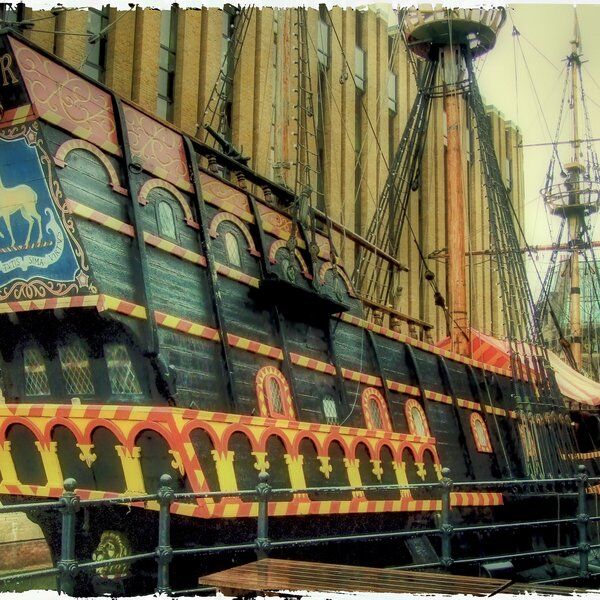
After enduring treacherous storms, mutinies, and unknown waters, only the Golden Hinde completed the journey. Another one of the ships in the fleet, the Elizabeth, got lost in thick fog and had to return home to England prematurely.
When she returned to England in 1580, The Golden Hinde had become the first English ship to circumnavigate the globe, her hold filled with valuable spices and, much to the annoyance of Spain, Spanish treasure.
However, Drake and his crew came home at an unlucky time. When they docked in Plymouth, they arrived in the midst of a plague outbreak. They quickly set sail for Falmouth, Cornwall, and from there they sailed to London to delight an eager Queen Elizabeth I.
The Golden Hinde: Treasure, Treachery and Trinkets
Before The Golden Hinde returned to English shores, she and her crew had well and truly ticked off a bucket list of countries (and taken the momentos to prove it).
In 1579, on the homeward leg of the journey, The Golden Hinde visited the shores of California or Oregon to rest, recoup and rethink. They’d hit a dead end after hoping to discover a northwest passage that would allow them an easy journey from North America back to Europe, but as no such passage existed, they needed to come up with a plan B.
Going south again was out of the question. After plundering Spanish territories such as Valparaiso and plenty of Spanish vessels, Drake knew that the Spanish would be on their guard. Unwilling to take the risk, he decided the ship would go west.
So it was that The Golden Hinde sailed into the Moluccas (also known as The Spice Islands) in Indonesia. At the time, it was an economically vital Portuguese colony where the main trade, as the name suggests, was spices.
Drake met the Sultan of Ternate, who offered him 6 tonnes of cloves in exchange for armed ships to defend his territories. At the time, cloves were worth approximately the same as gold in the European economy, so Drake accepted. The “only” snag was that he never returned, and the Moluccas were successfully colonised by the Dutch, British and others from then until the early 19th century. It declared itself as one of the first provinces of Indonesia in 1945.

Did You Know…?
Queen Elizabeth I knighted Sir Francis Drake on 4 April 1581 on the deck of the real Golden Hinde. She gave him a present, too: a locket with a miniature portrait of herself inside.
The reason for this generosity wasn’t just down to national pride or excitement at adding England’s name to the history books. The Spanish estimated their losses at around £600,000, which at the time was more than double the English government’s annual revenue.
After handing over a lot of the cash to the Queen, Drake gave the Queen gifts too, notably, a gold, diamond and pearl ship pendant.
The Golden Hinde: The First Ship Museum in The World
The Golden Hinde had done something more than make England’s Queen wealthy, however. It had cemented the nation’s place as a serious, seafaring nation, and one that wasn’t about to bow down to its European rivals.
Fascinatingly, Elizabeth ordered the real Golden Hinde to be moored in Deptford for public exhibition. It remained there from 1580 until 1650, almost half a century after Queen Elizabeth I had died. This instruction is believed to be another world first: the first ship museum had been designated a public attraction.
When it eventually rotted away, the remaining timber of the ship was broken up. In 1688, the best pieces were the property of the keeper of the stores at Deptford, John Davies of Camberwell. He commissioned a chair to be made out of the Hinde's material and presented it to the Bodeleian Library in Oxford where it remains today.
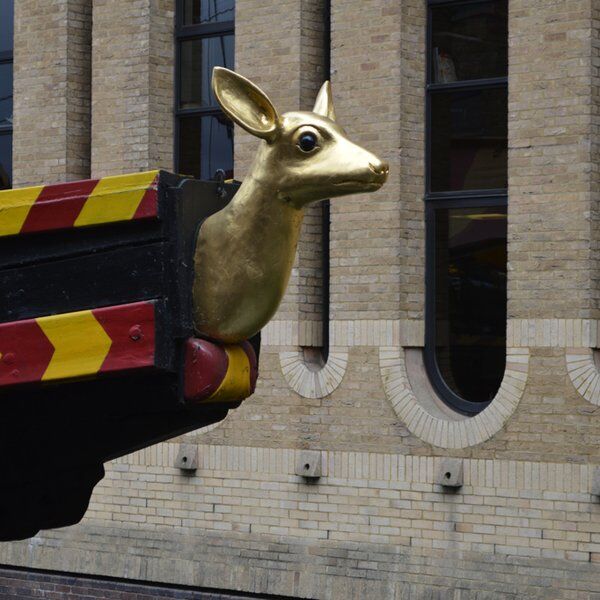
The Modern Replica: Building the Golden Hinde II
Nearly four centuries after the original ship’s legendary voyage, a new Golden Hinde was born, this time meticulously crafted as a replica celebrating England’s maritime past.
The project began in the late 1960s, led by a team of historians, shipwrights, and maritime enthusiasts determined to recreate Sir Francis Drake’s ship with complete historical accuracy.
Constructed in Appledore, Devon, and completed in 1973, the Golden Hinde II was built using traditional materials and 16th-century techniques wherever possible. Shipbuilders relied on period illustrations, naval records, and archaeological research to reproduce the Elizabethan galleon’s intricate design.
But this replica was never intended to be a static exhibit. In true “Elizabethan” spirit, the Golden Hinde II embarked on a series of global voyages, sailing more than 140,000 miles across the world’s oceans. This time, however, she did so with permission (and without the plundering). She retraced parts of Drake’s original route, visited ports across North America, Japan, and Australia.
Today, the Golden Hinde replica is permanently moored in Southwark, London.
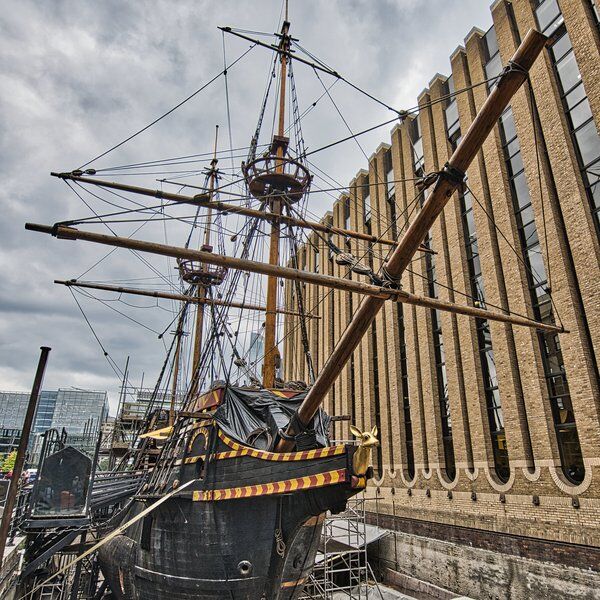
Visiting The Golden Hinde in London
Planning your visit to the Golden Hinde is easy, and well worth it for anyone exploring the Southwark or London Bridge area.
The ship is permanently moored at St Mary Overie Dock, nestled between Winchester Palace and the Clink Prison Museum, just a few minutes’ walk from Borough Market.
Opening Hours:
The Golden Hinde is generally open daily from 10:00 AM to 5:30 PM, though times may vary seasonally or during private events. Check the official website before visiting for the most up-to-date opening times and event schedules.
Tickets:
Tickets for the Golden Hinde are priced at £6 per adult and £20 for a family of four (2 adults 2 children). Check the website to verify prices as these may change.
How to Get There:
- Nearest Tube: London Bridge (Northern and Jubilee lines) a short 5-minute walk.
- By Train: London Bridge Station (National Rail).
- By Bus: Routes 343, 381, RV1.
Find More Things to Do in London with CityDays
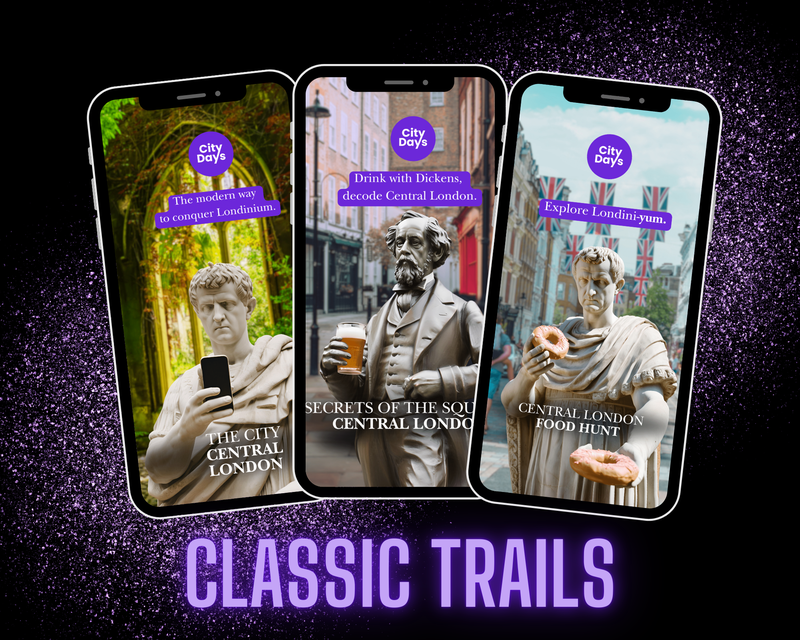
Whatever your interests are, there’s always something new for you to discover in London.
In fact, you don’t have to go out of your way at all to find them - you just have to know where to look.
Discover London’s secret sights and noteworthy nooks by playing one of our London treasure and scavenger hunts, food experiences, escape room games or walking tours.
Looking to provide the best team building activities in London? Look no further.
You’ll find curated trails and hunts all over London, including Central London, Mayfair, Shoreditch, Kensington and Southwark.
All you have to do is team up with your partner, friends, family or whoever to solve riddles, complete challenges and answer trivia to lead you on an unforgettable journey around London’s most intriguing streets.
